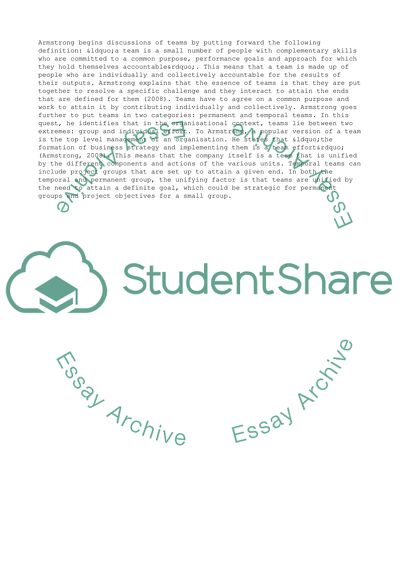Cite this document
(Team Management in the Organisational Setting and the Workplace: the Literature review, n.d.)
Team Management in the Organisational Setting and the Workplace: the Literature review. Retrieved from https://studentshare.org/management/1788809-literature-review-for-people-in-organization
Team Management in the Organisational Setting and the Workplace: the Literature review. Retrieved from https://studentshare.org/management/1788809-literature-review-for-people-in-organization
(Team Management in the Organisational Setting and the Workplace: The Literature Review)
Team Management in the Organisational Setting and the Workplace: The Literature Review. https://studentshare.org/management/1788809-literature-review-for-people-in-organization.
Team Management in the Organisational Setting and the Workplace: The Literature Review. https://studentshare.org/management/1788809-literature-review-for-people-in-organization.
“Team Management in the Organisational Setting and the Workplace: The Literature Review”, n.d. https://studentshare.org/management/1788809-literature-review-for-people-in-organization.


